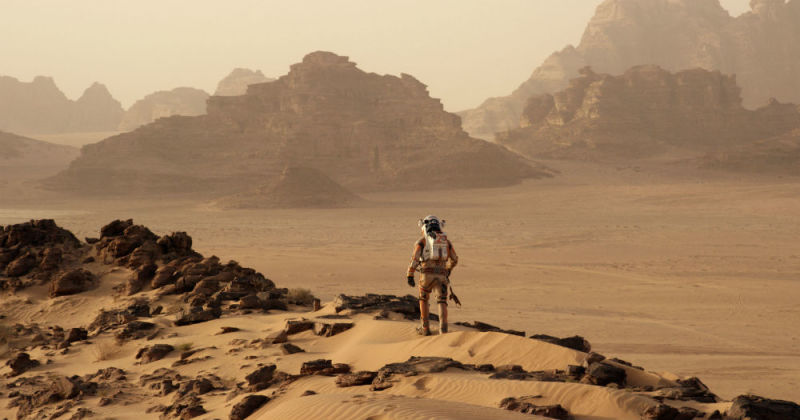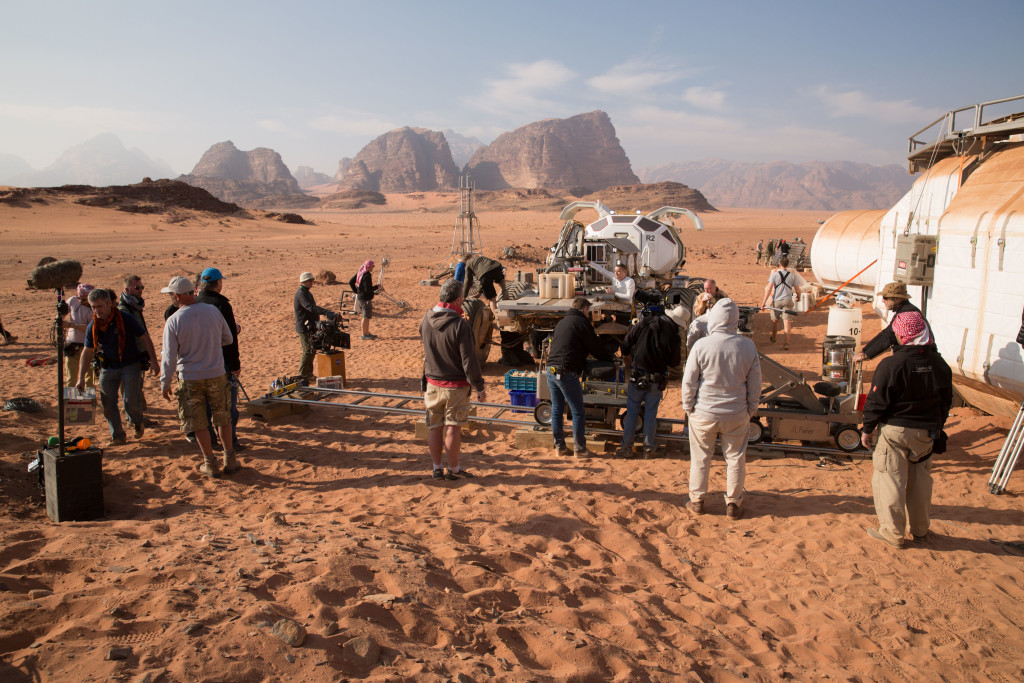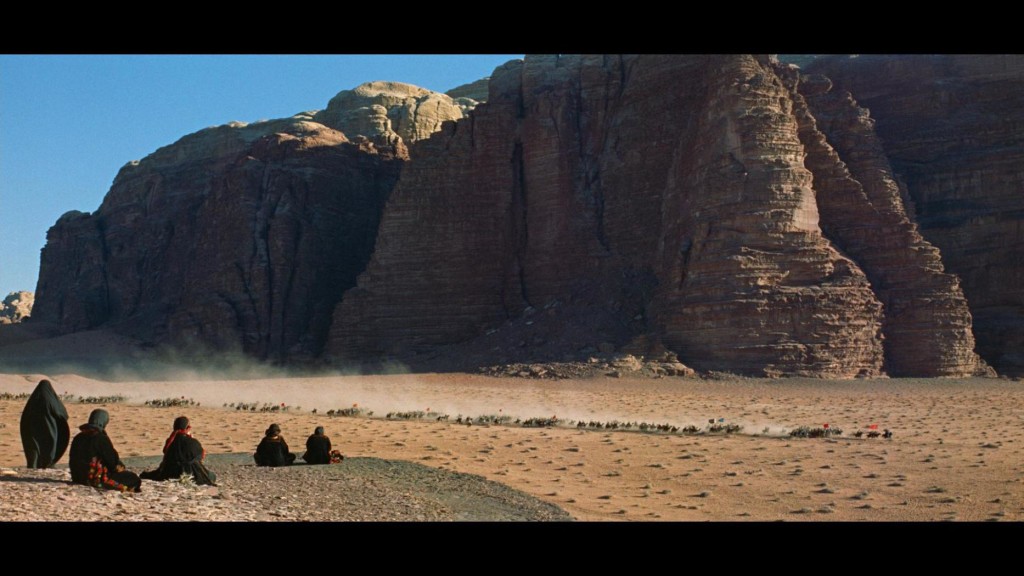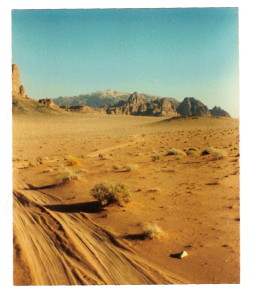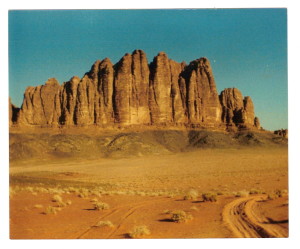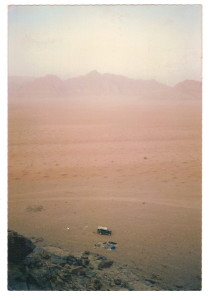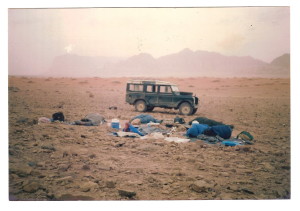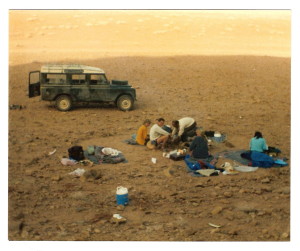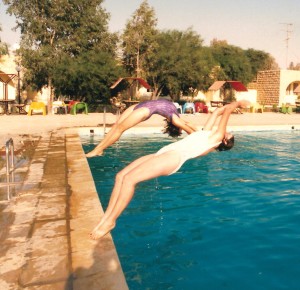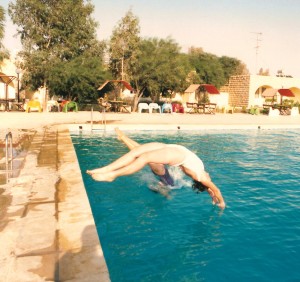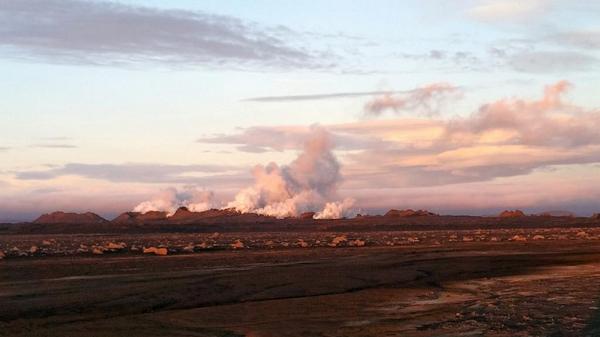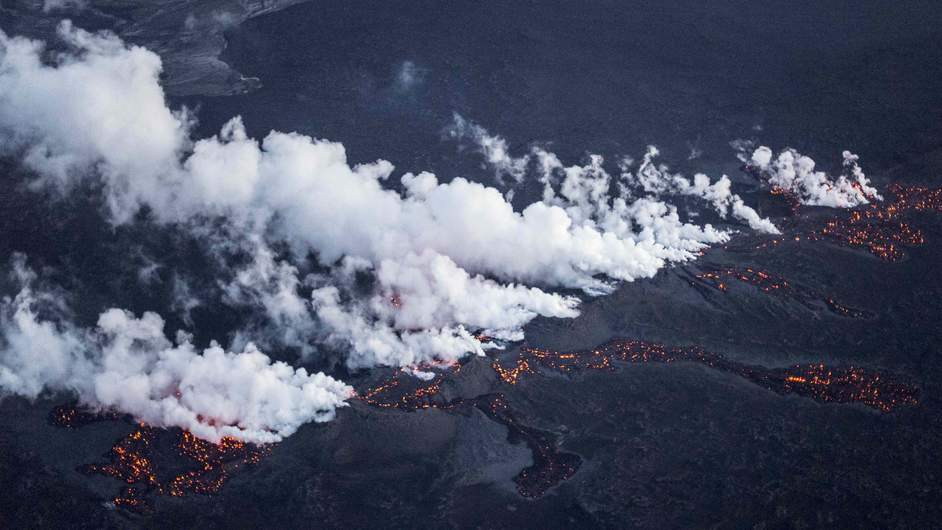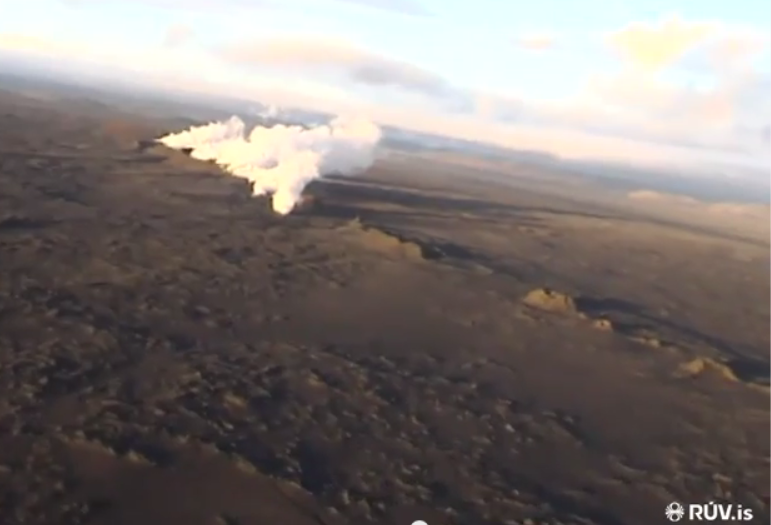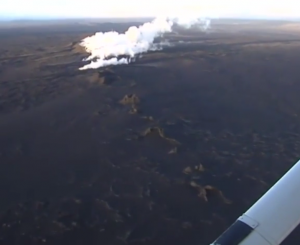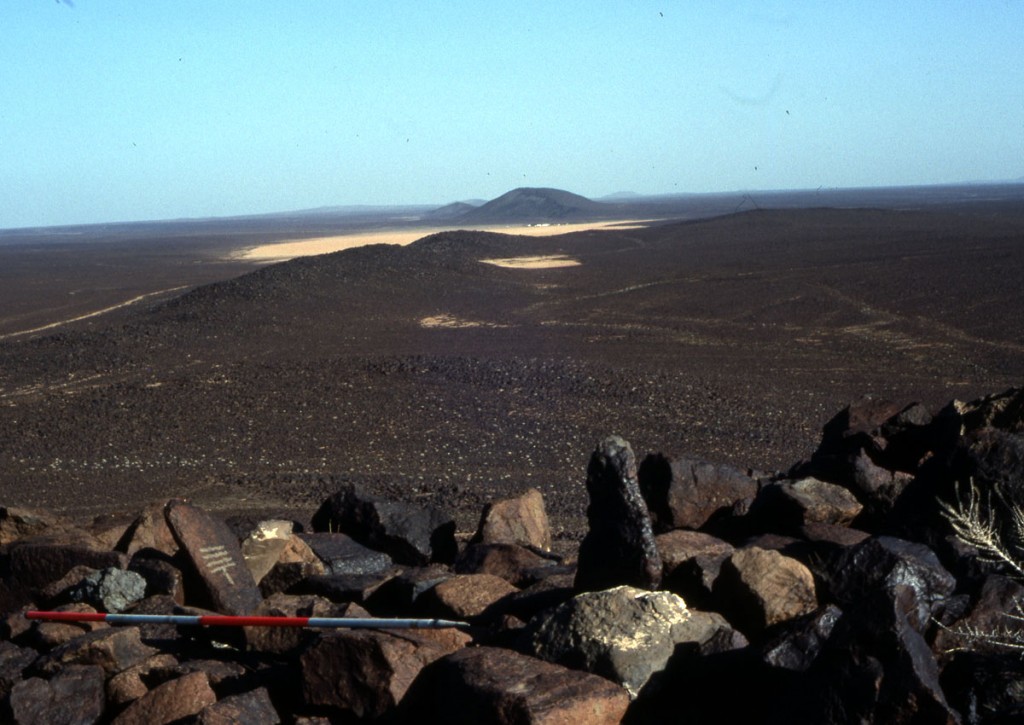Chap and I went to see The Martian in 3D the other day. I’m a sucker for a space movie, and I’m also a sucker for deserts. So a space movie set on a desert planet is right up my street. And I knew from the advance publicity for the movie that large parts of it had been filmed in the Wadi Rum in southern Jordan.
I have a special spot in my heart for Wadi Rum, which I first visited 30 years ago. Half way through my first archaeological dig in Jordan we had a week-long break, and a group of us took the dig Land Rover and drove all around Jordan (not difficult to do as it’s a small country). We had a ball, visiting the Dead Sea, the desert palaces, driving down the King’s Highway to Kerak, and staying overnight in Petra with a bedouin, Dachlala, and his family (we had special dispensation from the Department of Antiquities – one of the perks of being an archaeologist). After Petra we drove deep into the stunning, massive grandeur of the Wadi Rum and camped there, digging hollows in the orangey red and incredibly soft sand in which to sleep and cooking our food on dried camel shit fires. During the day we went to swim in the coral reefs at Aqaba, and came back to the Wadi to sleep at night. The scale and the beauty of the place, and the absolute isolation, were so remarkable. (Only ten years later, when I last visited the Wadi in 1995, we camped again, but this time we could see the bonfires of other groups all around in the distance).
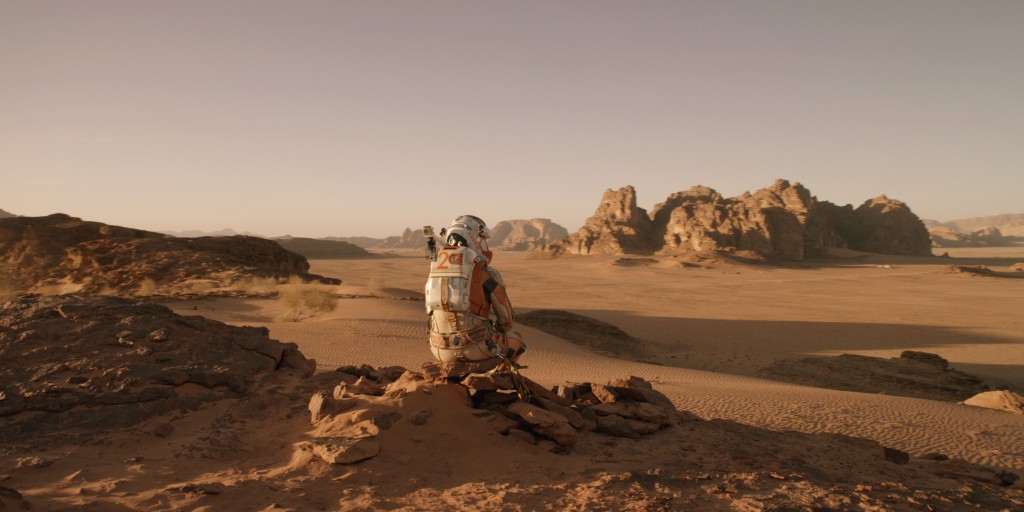
The Martian, starring Matt Damon, filmed in Wadi Rum.
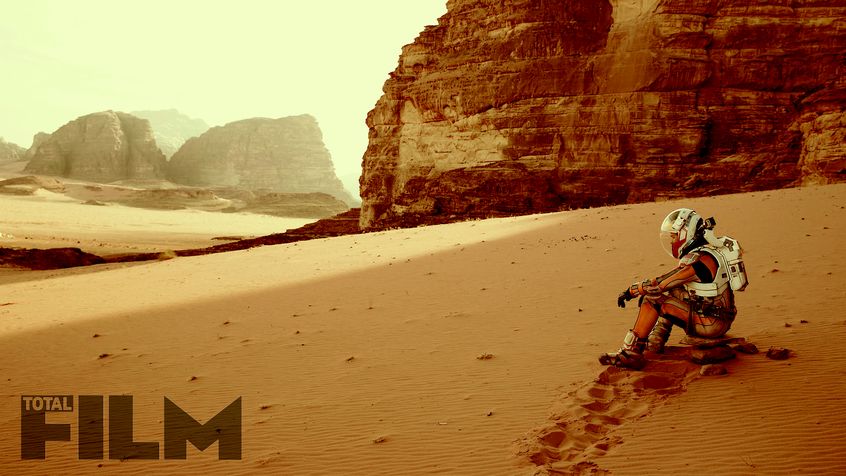
Matt Damon in Wadi Rum. The photo hasn’t been ‘Marsified’ as you can see some small camel thorn shrubs and seedlings.
Given its striking visual impact, it’s not surprising that Wadi Rum has been used many times in Hollywood film productions. Perhaps the most famous is, of course, David Lean’s 1962 epic Lawrence of Arabia (on the way to the Wadi we drove alongside a spur of the abandoned Hejaz Railway that Lawrence and his tribesmen blew up further along the line).
It has also stood in for Mars in other sci-fi movies, such as Mission to Mars (2000), Red Planet (2000) and The Last Days on Mars (2013). Ridley Scott, the director of The Martian, had previously used Wadi Rum as an alien landscape in his 2012 film, Prometheus.
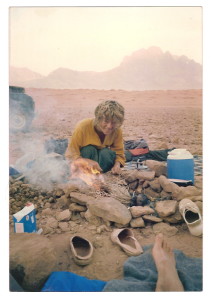
Hannah (or is it Ug the Cavewoman?) starting the fire using camel thorn, Wadi Rum, 1985. Pile of camel shit to the left. Hannah’s hair looking wild due to sea salt, desert wind, dust and smoke.
Happy days. I’m very lucky.
